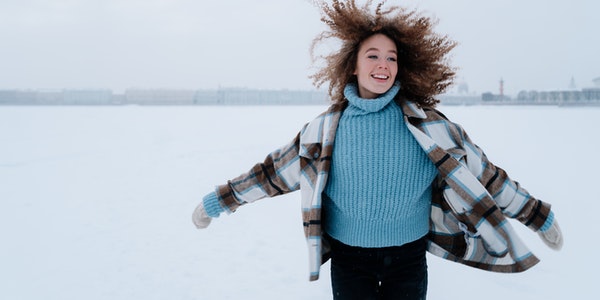Table of Contents
1, “#” Character Lattice Composition Method
The “#” character lattice composition, that is, the picture is divided into three equal parts in the horizontal and vertical directions, and the scene is arranged on the third line or the point where the third line intersects when composing the picture.
In fact, this composition is one of the variations of the golden section composition. The advantage is that the picture has a tendency to lean on the angle, and it is easy to look forward to and take care of each part, so as to obtain a better visual effect.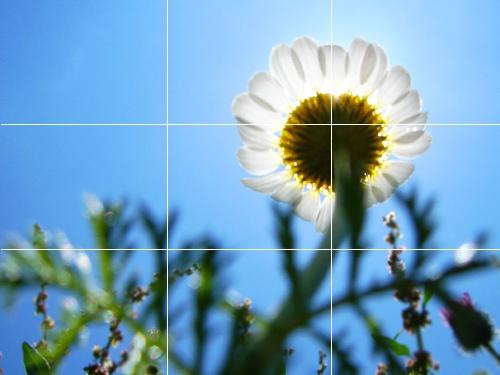
2. Rule of Thirds
The composition method of placing the subject at the horizontal or vertical third line of the screen is called the rule of thirds composition. This composition can represent large spaces and small objects. The picture shot using the rule of thirds composition, the main body is prominent, the composition elements are concise, and the visual sense is strong.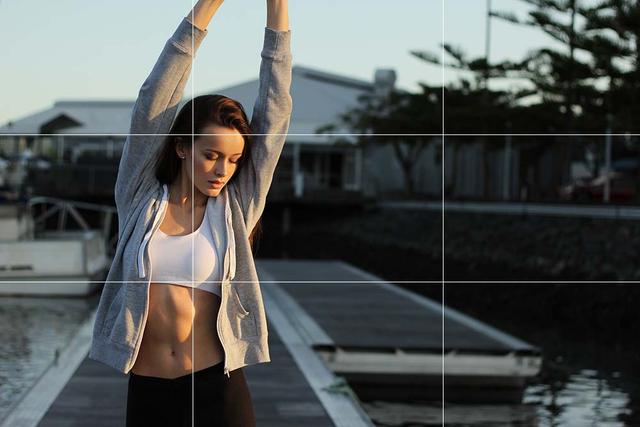
3. Horizontal Line Composition
Horizontal line composition is also known as “horizontal composition”, that is, a composition technique that makes the main scene in the picture appear as one or more horizontal lines in the photo frame through the composition technique. It is one of the most used composition methods. The horizontal line composition can often create a peaceful and calm picture mood, and at the same time, the horizontal line in the picture can add a horizontally extending sense of form to the picture. The horizontal line composition can be divided into low horizontal line composition, medium horizontal line composition and high level line composition according to the position of the horizontal line.
a) Low horizontal line composition
Low horizontal line composition refers to the position of the main horizontal line in the lower 1/4 or 1/5 of the picture in the picture.
This horizontal line composition is used to focus on the main body above the horizontal plane. Of course, the part above the horizontal line of such an area must also have a scene worthy of emphasis in the picture. For example, beautiful clouds in a large area of the sky, the rising sun, etc.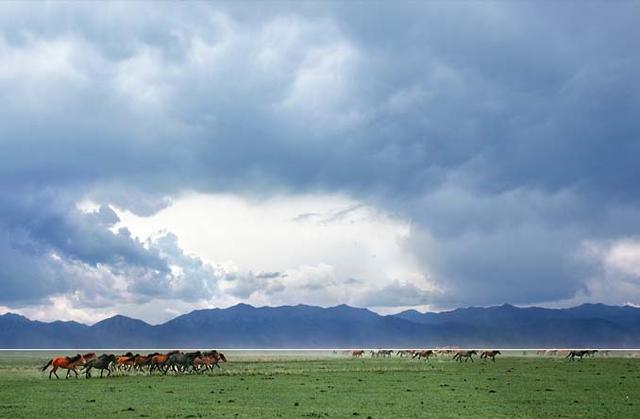
b) Medium horizontal line composition
Mid-horizontal line composition means that the horizontal line in the picture is centered, and the upper and lower sides are equally divided into the picture.
This form of composition is usually used to capture a picture that is symmetrical up and down. This kind of object may be that the subject itself has a symmetrical structure up and down, but more often it is because the water surface below the picture can completely reflect the scene above the water surface, so that the picture has a sense of balance and equivalence. It is worth noting that the composition of the horizontal line is not a symmetrical composition, and the upper and lower scenes do not need to be consistent.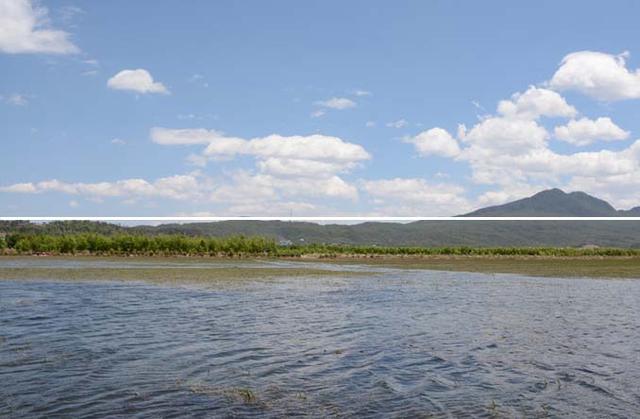
c) High level line composition
The high-level line composition refers to the position of the main horizontal line in the picture in the upper 1/4 or 1/5 of the picture.
The high-level line composition is just the opposite of the low-level line composition, and the focus is mainly on the parts below the horizontal line, such as large areas of water and ground. The use of this form of composition is usually due to the wonderful reflections or rich textures and pattern details on the water surface and the ground in the picture.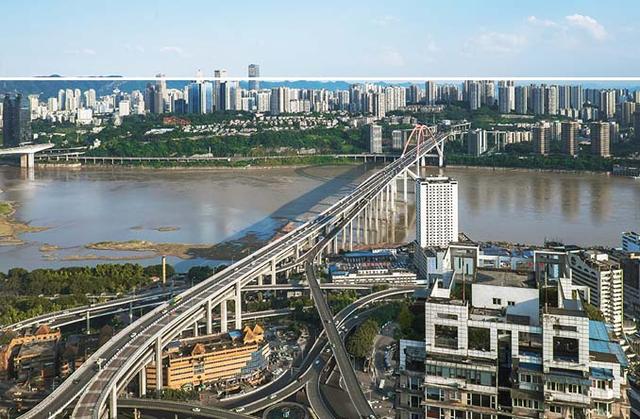
4. Vertical Line Composition
Similar to horizontal line composition, vertical line composition can create a sense of visual extension in the upper and lower directions of the picture. It can strengthen the strength and sense of form of vertical lines in the picture, giving people a tall and majestic visual experience.
When composing a picture, the photographer can also simply intercept the part of the subject to obtain a concise picture effect, so that the picture presents a strong sense of formal beauty.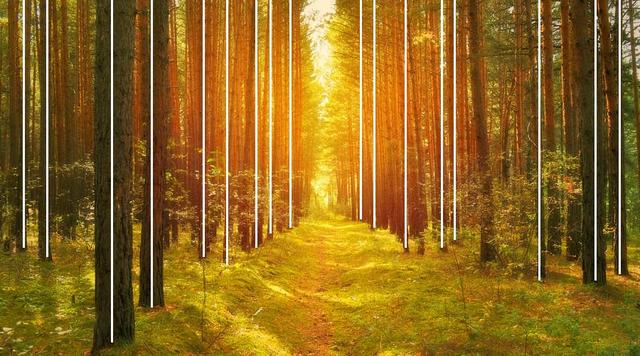
The vertical line composition is used to express the forest, and its vigorous vitality is well expressed, and the picture has a strong sense of beauty.
5. Oblique Line Composition
The slanted line composition can make the picture dynamic, and produce visual extension along the direction of the two ends of the slanted line, which enhances the depth of the picture. In addition, the oblique line composition breaks the balanced form parallel to the frame of the picture, creating a potential difference with it, so that the oblique line part is highlighted and emphasized in the picture.
When shooting, the photographer can deliberately treat the objects that need to be visually extended or emphasized as diagonal elements in the picture according to the actual situation.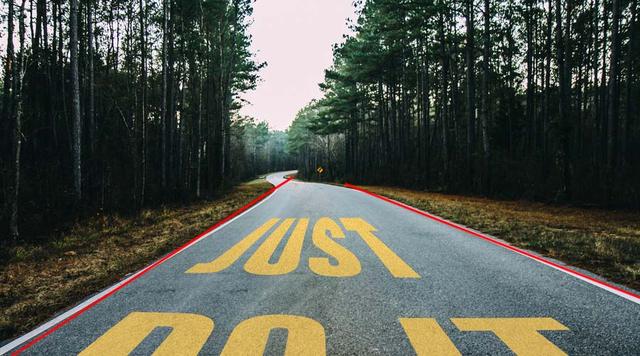
The slanted line composition expresses a sense of movement, and the picture does not look rigid.
6. Curve Composition
Curves have a beautiful and varied visual character. Curved composition can increase the rhythm of the picture and give people a soft visual experience. When photographing women, photographers also often use S-curve compositions to accentuate the female lines.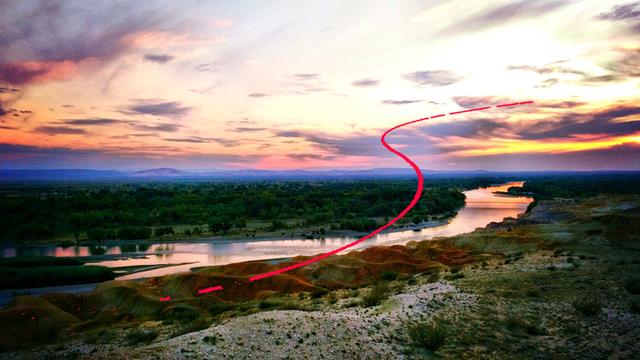
7. Symmetrical Composition
Symmetrical composition usually means that there are the same or visually equal subjects on both sides of the central axis of the picture, so that the picture is relatively balanced visually, thus producing a solemn and stable sense of coordination, order and stability. There are many subjects that are suitable for this form of composition, for example, symmetrical buildings, plants, etc.
In landscape photography, if you are shooting a water scene, incorporate the reflection of the water surface into the picture. Taking the boundary line with the water surface as the central axis of the picture for symmetrical framing to obtain a symmetrical composition with a strong sense of balance can be said to be a typical application of symmetrical composition.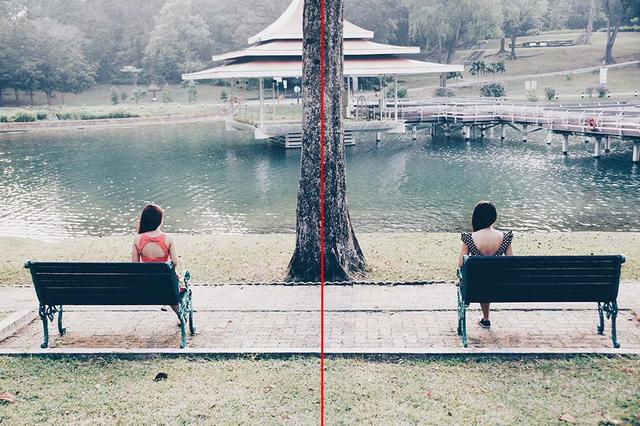
8. Frame Composition
Frame composition is to use the subject itself or the environment around the subject to create a frame-shaped composition style in the picture. This is beneficial to “frame” the viewer’s point of view on the subject. So that it can get the viewer’s special attention.
In specific shooting, the choice of “frame” mainly depends on whether it can “frame” the viewer’s point of view on the subject, and it does not necessarily have to be a closed frame. In addition to the use of frame-shaped structures such as doors and windows, open and irregular “frames” such as branches and shadows are often used in framed compositions.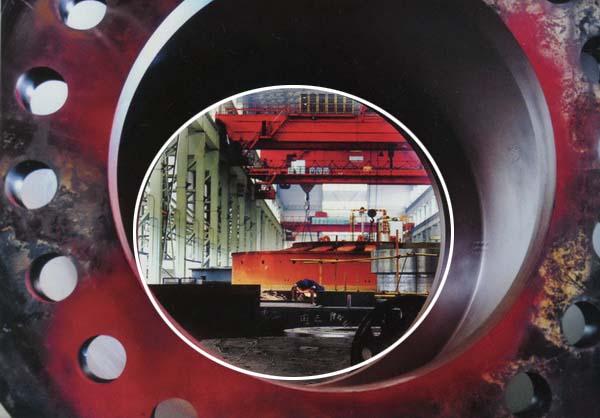
9. Scattered Composition
Scatter-point composition refers to the form of composition in which point-shaped subjects are concentrated in the picture, also known as “the goddess scattered flower composition”. Flocks of birds flying in the sky, flowers scattered all over the place, etc. can be the subjects of this composition.
When shooting, pay attention to the various combinations of “points” in the management picture, such as the relationship between virtual and real, density and density.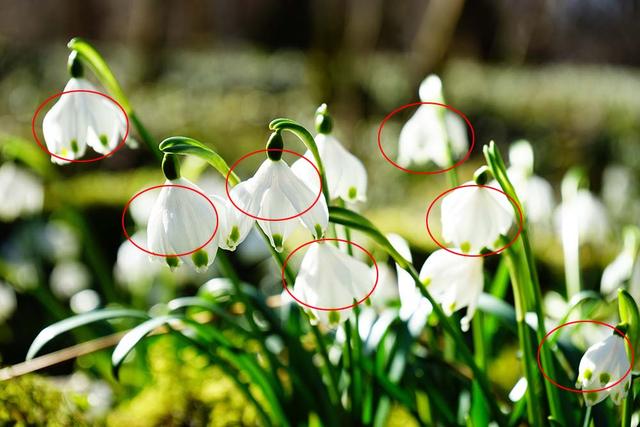
The flowers are expressed in a scatter-like composition, which looks natural and casual.
10. Perspective Traction Line Composition
Perspective drawing line composition can effectively draw the viewer’s sight and attention to a certain point or line in the whole picture to form a visual center. It not only has a guiding effect on the line of sight, but also greatly enhances the visual extensibility of the picture and increases the sense of space of the picture.
The greater the angle of the intersecting perspective lines in the picture, the more significant the visual space effect of the picture is. Therefore, the lens, shooting angle, etc. selected by the photographer when shooting will have a corresponding impact on the perspective effect of the screen. For example, the wider the angle of view of the lens, the more the foreground can be incorporated into the picture as much as possible. Thereby increasing the difference between the closest and the farthest part of the picture. And obtaining greater spatial depth of the picture.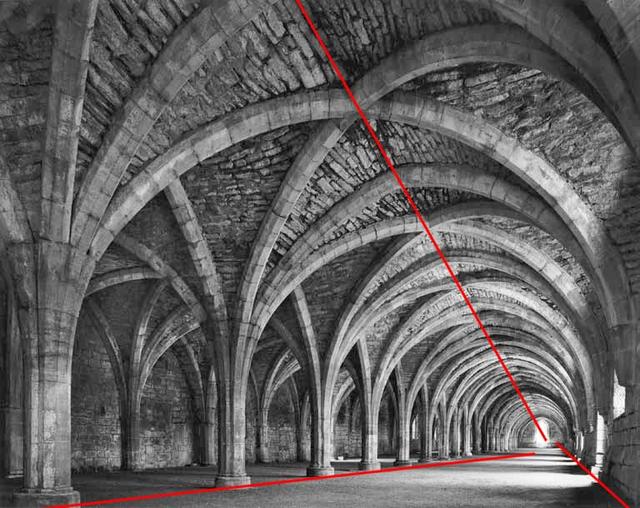
11, Trompe l’oeil Composition
The trompe l’oeil composition means that by skillfully setting the shooting point, the scene in the foreground and the scene in the background are synthesized in a plane after shooting. And a novel or humorous image effect is obtained.
Composition is to organize the image to be expressed properly to form a coordinated and complete picture. But in the process of taking pictures, people’s thoughts are always the most critical element. No matter exposure, light, composition or other shooting methods, they are nothing more than expressing their thoughts through photos.
Therefore, it is very important to structure the picture before shooting. Of course, many landscape photos are uncontrollable when shooting, and more of them need to be played on the spot.
